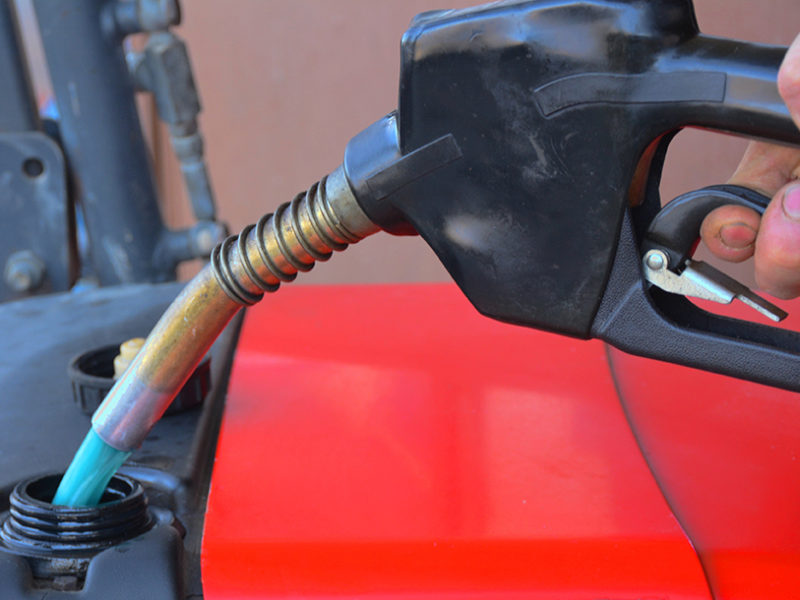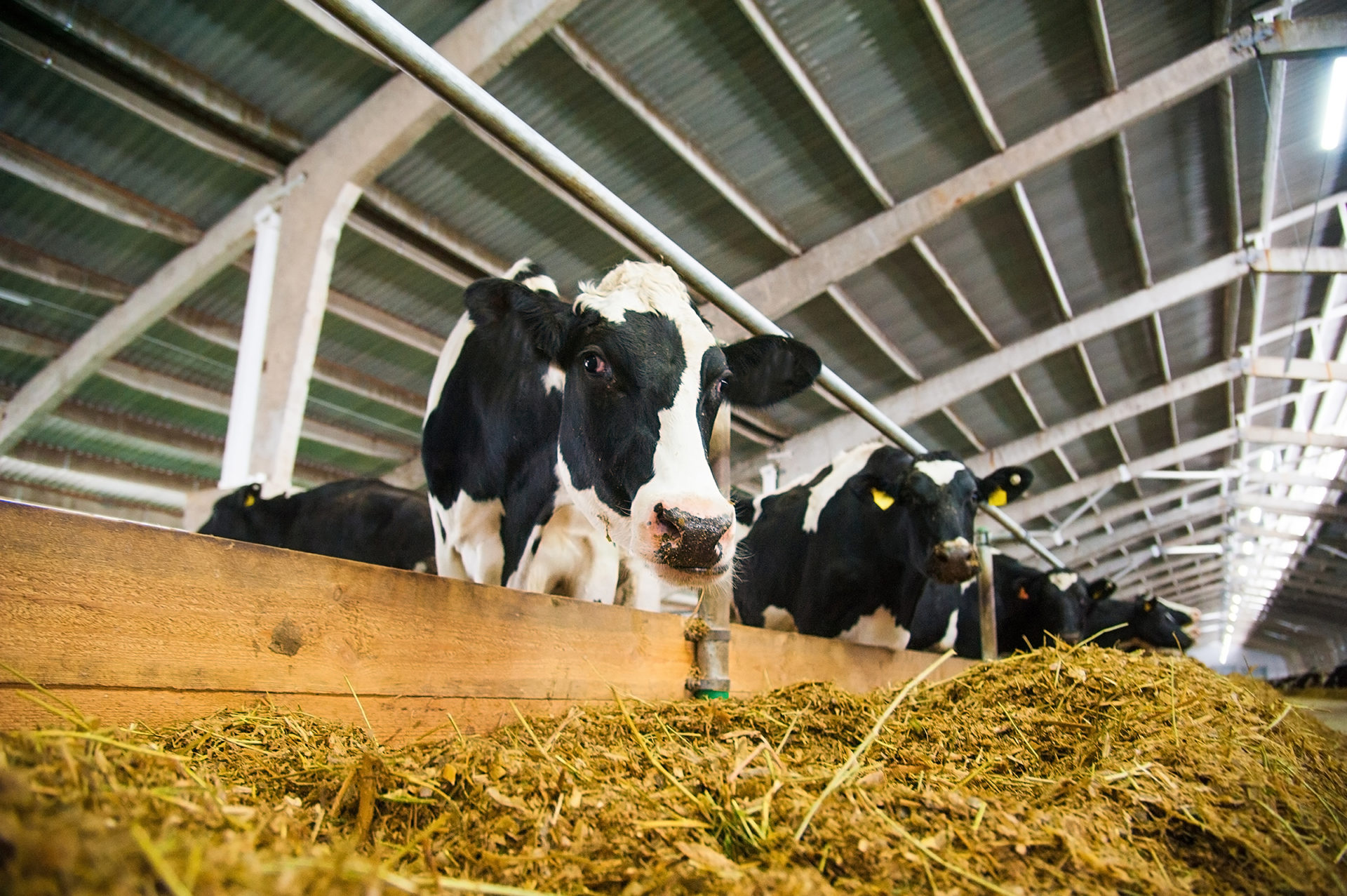Producers and consumers alike are keeping close tabs on prices at the pumps.
While relief cannot come soon enough for farmers, fuel prices show no signs of dropping until the second half of the year. That means producers will have to consider operational changes or bite the bullet as the busy summer season approaches.
“If you had a fuel bill of $50,000 last year … it’s doubled this year,” says Robert Vander Linden, a producer in Dawson Creek and director with the BC Grain Producers Association. “So far, I have just taken the hit and struggled through it. Hopefully at the end of the year it all pencils out with the increased commodity prices.”
Vander Linden grows 3,500 acres of wheat, barley, oats and canola.
“We’re in the north so our fuel always comes from Sherwood Park or the Edmonton refineries. Now, since January or so, our price has gone up by $0.16 per litre to make it more in line with the rack price at Prince George,” he says.
High fuel costs in BC are mostly driven by international factors, including sanctions on Russia following its invasion of Ukraine in February, says UBC Sauder School of Business associate professor Werner Antweiler.
“The Russian oil that’s missing from the global market leads to supply shortages that other suppliers have not made up,” he says, noting that it’s hard to know how quickly supplies will normalize. “Right now, there is very strong incentive for oil producers to crank up production but that will take time.”
Higher prices for crude oil, competition for diesel fuel and limited refining capacity have also boosted diesel prices.
BC fuel reached a record high of $2.37 per litre on May 16. On May 27 in Victoria, regular fuel cost $2.209 per litre and diesel fuel was $2.249 per litre.
“We have reached a plateau level now,” Antweiler says.
But relief is not quite in sight.
“In the coming weeks I fully expect prices to remain high, but I see the signals that tell me we can expect some easing up of prices down the road,” Antweiler says. “It’s never early enough for those who depend on it and especially farmers who are the ones who are very constrained by the growing season. They need their equipment now and they can’t wait six months.”


 Wages rise June 1
Wages rise June 1